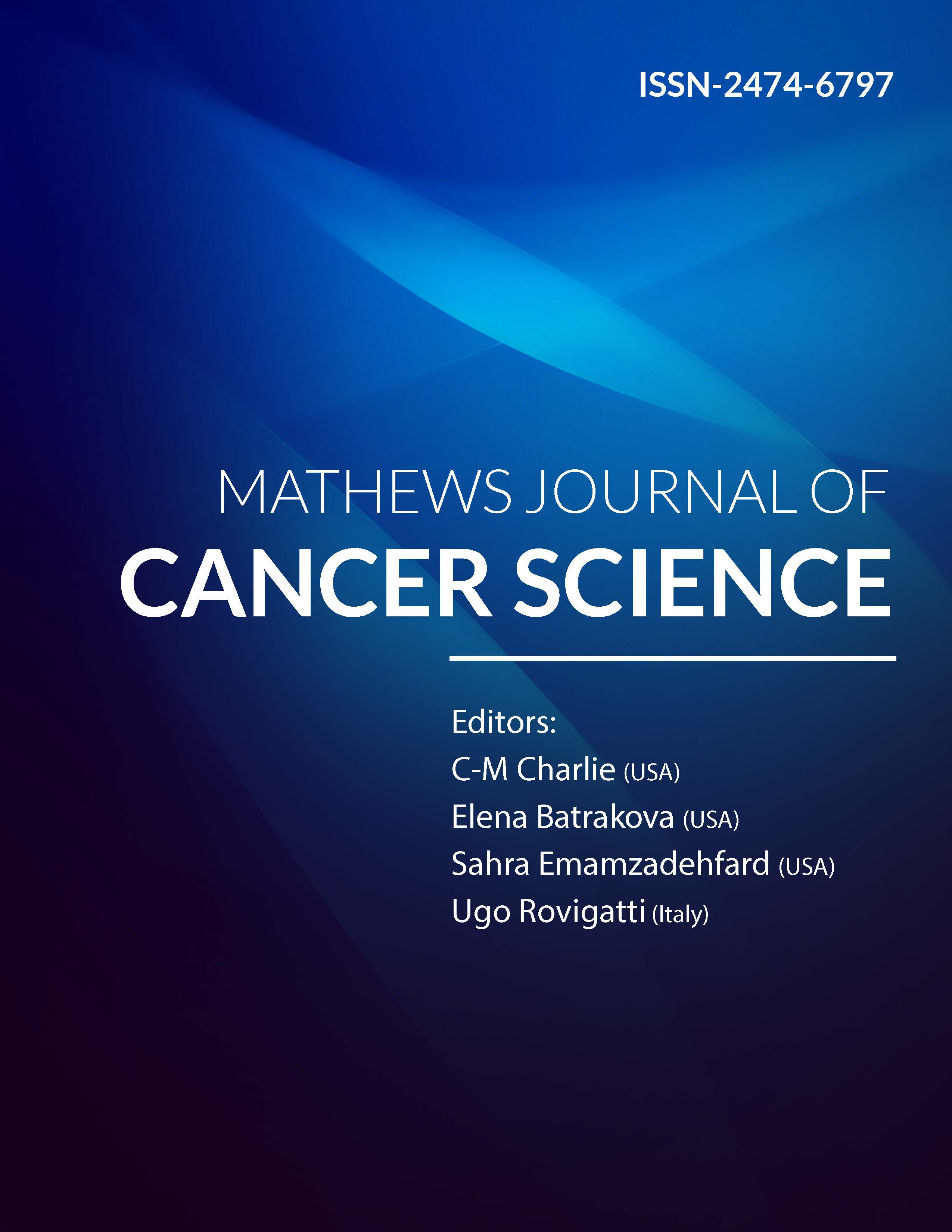
Information Links
Previous Issues Volume 4, Issue 1 - 2019
Colorectal Cancer in Australian Young Adults
Reger R. Mikaeel1,2,3,4 , Timothy J. Price1,3, Eric Smith1,5, Paul A. Drew5, Wendy Uylaki1,6, Mehgan Horsnell1, Joanne P. Young1,2,3
1Department of Haematology and Oncology, The Queen Elizabeth Hospital, Australia
2SAHMRI Colorectal Node, Basil Hetzel Institute, Australia.
3Faculty of Health and Medical Sciences, University of Adelaide, Australia
4Department of Biology, College of Science, University of Duhok, Duhok, Kurdistan
5University of Adelaide Department of Surgery, The Queen Elizabeth Hospital, Woodville South 5011, South Australia, Australia
6Department of Gastroenterology, The Queen Elizabeth Hospital, Australia
*Corresponding Author: Reger Romi Mikaeel, Department of Haematology and Oncology, School of Medicine, Basil Hetzel Institute, University of Adelaide, Australia.
Received Date: May 09, 2019
Published Date: Jun 17, 2019
Citation: Mikaeel RR. (2019). Colorectal Cancer in Australian Young Adults. Mathews J Cancer Sci. 4(1): 18.
ABSTRACT
Purpose of Review: Although the overall incidence and mortality rates of colorectal cancer (CRC) have been decreasing in Australia over the last 20 years, there has been a significant increase in the incidence of early-onset CRC (EOCRC) without a clear explanation. In this review, we have outlined the epidemiology, suggested risk factors, clinicopathological and molecular features, survival and prognosis, and treatment approach for Australian young adults with CRC.
Recent findings: There has been a shift in the epidemiology of bowel cancer incidence and mortality across different age groups, and there are clinicopathological and molecular feature differences between EOCRC and late onset CRC (LOCRC). EOCRC is more common in the distal colon and rectum. Young patients are diagnosed at more advanced stages of the disease with increased prevalence of aggressive pathologic features and tend to receive more aggressive chemotherapies. EOCRC patients present with a predominance of symptoms in the left side of the colon, and importantly, cases do not have clinically known risk factors. The microbiota may play a significant role in the CRC pathogenesis through an impact on host metabolism and through the transmission of metabolic and even CRC risk in non-Mendelian familial aggregation.
Summary: The increase in the incidence and mortality rates of young adults with CRC has been significant. Thus, more collaborative research is needed to explain the reasons behind the increase in CRC incidence, and to identify young adults in the population at an increased risk of developing CRC at an early age.
Keywords: Colorectal cancer, Early-onset CRC, Late-onset CRC, Incidence and mortality rates, Risk factors
Abbreviations: CRC: Colorectal Cancer; EOCRC: Early-Onset CRC; LOCRC: Late-Onset CRC; LS: Lynch Syndrome